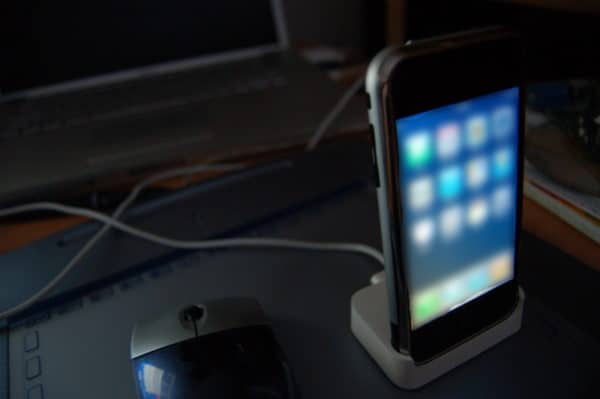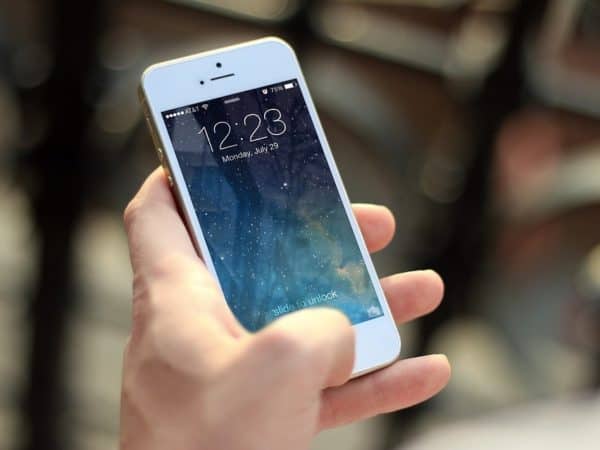
 Do you charge your smartphone to 100%?
Do you charge your smartphone to 100%?
Do you love feeling that feeling in the morning when you grab your phone and it is fully charged? You shouldn’t, because it’s actually bad for your battery.
According to Vancouver-based Cadex Electronics, a company that has designed battery testing systems, chargers and adapters for more than three decades, about the worst thing you can do is charge your battery fully. The next worse thing is to keep it plugged in after it has reached a full charge.
In the company’s blog, Battery University, it recently explained why.
“Li-ion does not need to be fully charged as is the case with lead acid, nor is it desirable to do so. In fact, it is better not to fully charge because a high voltage stresses the battery,” says Cadex. “Choosing a lower voltage threshold or eliminating the saturation charge altogether, prolongs battery life but this reduces the runtime..
Cadex says all lithium ion batteries are safer at a lower charge, and that this is why they are shipped with a 30 per cent charge instead of a complete one.
Battery life, of course, is one of the most common complaints about any electronic devices, but smartphones are reserved for the blunt of our contempt because we use them so much. In a post for CNET, Noam Kedem explained that despite the fact that ransistor count has increased more than a thousand-fold since lithium ion batteries were introduced in 1991, they are constamtly being challenged by the processing demands that give us Snapchat Pokemon Go. He says this triggers an inherent flaw in ttheir design.
“Li-ion pouch cells don’t like it hot — a common condition for smartphones, as anyone who’s ever had to wait out the “cool down” message knows,” says Kedem. “The standard Li-ion chemistry depends on an electrolyte that reacts with residual moisture to create hydrofluoric acid, the most corrosive of all chemical compounds. Like all chemical reactions, this process doubles in speed with every increase in temperature of 10 degrees Celsius. ”
So what is the proper way to charge the battery on your iPhone or Samsung Galaxy? Cadex says you should turn the device off for the entire time it is charging and unplug it when it reaches a full charge, or preferably just before it does, with 85 per cent being the ideal charge for most devices. The continous trickle charge that happens after a complete charge, says the company, stresses the battery and can shorten its lifespan. The company also says try to charge the battery in a room with a moderate or cool temperature.
If after all this you are still disappointed in your cell phone’s battery, take heart, help is on the way in the form of new technologies, though you’ll have to wait at least a few years to see them in your phone. One company has designed a graphene-based battery its says can charge 33 times as fast as lithium ion.
Comment
Leave a Reply
You must be logged in to post a comment.




 Share
Share Tweet
Tweet Share
Share




This is Apple’s job to actually charge it to 95% only, even if it shows full 100% on the screen, to extend the battery life. I still use sometimes an unlocked Iphone 3G3 with lot of mileage when travelling abroad.
This article tells us about how a Li-ion battery works when charged by a dumb charger, but how it works when charged using any of the battery-protecting features built into Apple and Android, so the guidance provided is useless. The user needs to know how their operating system manages charging of the battery and that info should come from Apple or Google as they’ve built many features in to make battery management something users don’t have to think about.